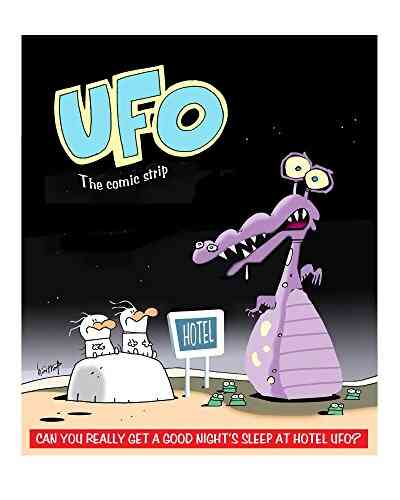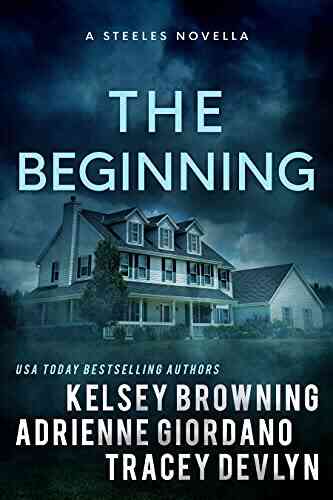7 Effective Strategies to Incorporate the Science of Reading in Your Balanced Literacy Classroom

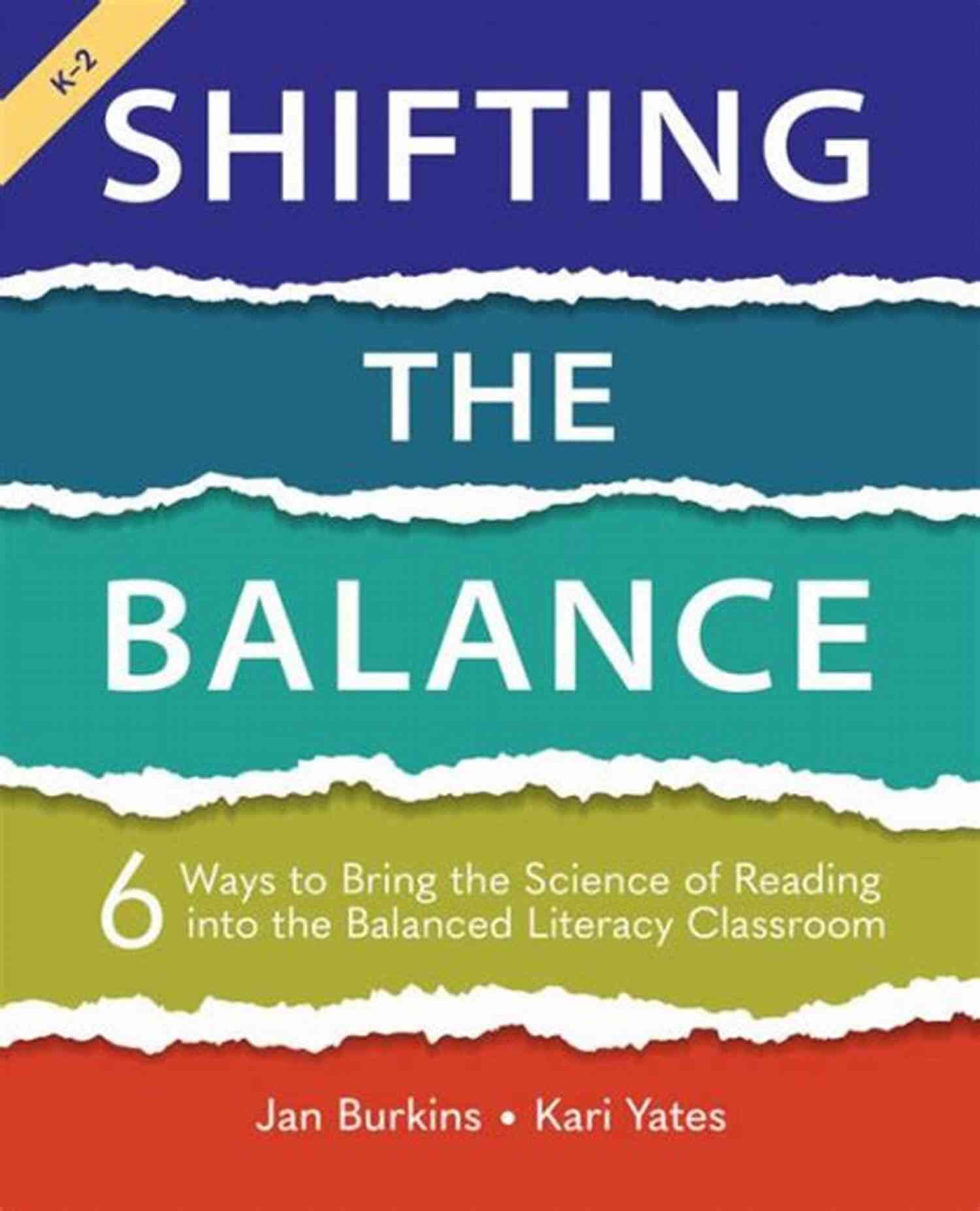
In recent years, the field of education has seen a shift towards evidence-based practices that support the acquisition of reading skills. The science of reading has emerged as a robust framework to understand how students learn to read and how teachers can effectively support their literacy development.
In this article, we will explore seven powerful strategies to bring the science of reading into your balanced literacy classroom. These strategies will help you create a more comprehensive and systematic approach to teaching reading, ensuring that all your students become confident and proficient readers.
1. Phonics Instruction
Phonics instruction is a cornerstone of the science of reading. It teaches students the relationship between sounds and letters, enabling them to decode words accurately and fluently. Incorporate daily phonics lessons into your balanced literacy routine, providing explicit instruction on letter-sound correspondences, blending, and segmenting.
4.8 out of 5
| Language | : | English |
| File size | : | 15453 KB |
| Text-to-Speech | : | Enabled |
| Screen Reader | : | Supported |
| Enhanced typesetting | : | Enabled |
| Word Wise | : | Enabled |
| Print length | : | 236 pages |
Remember to use a multi-sensory approach, engaging students in activities that involve seeing, hearing, and manipulating sounds. For example, use letter cards, magnetic tiles, or interactive online games to make phonics instruction interactive and engaging.
2. Vocabulary Development
Vocabulary knowledge plays a significant role in reading comprehension. Help your students expand their vocabulary by incorporating explicit vocabulary instruction in your daily lessons. Teach new words using context clues, semantic word webs, or word maps.
Encourage students to use new words in their writing and discussions, providing meaningful opportunities to apply and internalize their vocabulary learning. Additionally, introduce word-learning strategies such as word roots, affixes, and synonyms to enhance students' word analysis skills.
3. Fluency Practice
Fluency refers to the ability to read text accurately, quickly, and with expression. Incorporating fluency practice in your balanced literacy instruction can greatly enhance your students' reading proficiency. Implement repeated reading activities, where students read the same passage multiple times to improve their speed and accuracy.
Encourage students to read aloud regularly, providing them with opportunities to develop their oral reading skills. Use choral reading, echo reading, or reader's theater activities to make fluency practice interactive and enjoyable.
4. Comprehension Strategies
The science of reading emphasizes the importance of explicitly teaching comprehension strategies to support students' understanding of texts. Incorporate comprehension strategy instruction as part of your daily reading lessons.
Teach students strategies such as making predictions, summarizing, visualizing, questioning, and making connections. Model the use of these strategies and provide guided practice opportunities. Gradually release responsibility to students, encouraging them to independently apply the strategies while reading.
5. Systematic Instruction
The science of reading advocates for a systematic and explicit instruction approach to teaching reading. Make sure your balanced literacy instruction provides a structured sequence of skills and concepts, building upon each other.
Use research-based programs or curriculums that align with the science of reading principles. Ensure that your instruction is cumulative, allowing students to practice and reinforce previously learned skills before moving on to more complex ones.
6. Assessment and Differentiation
Regular assessment is essential to monitor students' progress and identify areas that require additional support. Use a variety of formative and summative assessments to gauge students' reading abilities.
Based on assessment results, differentiate your instruction to meet the diverse needs of your students. Offer targeted interventions or enrichment activities to address individual strengths and weaknesses. Personalized instruction is crucial in a balanced literacy classroom.
7. Professional Development
Lastly, staying updated with the latest research and pedagogical practices is key to incorporating the science of reading effectively into your classroom. Attend professional development workshops or conferences that focus on the science of reading.
Collaborate with fellow educators and engage in conversations to share knowledge and experiences. Reflect on your teaching practices, continuously refining and adapting them based on your learning.
, incorporating the science of reading into the balanced literacy classroom is essential to promote students' reading success. By using phonics instruction, emphasizing vocabulary development, practicing fluency, teaching comprehension strategies, providing systematic instruction, assessing and differentiating, and investing in professional development, you can create a powerful learning environment where all students thrive as readers.
So, start implementing these strategies today and witness the positive impact they have on your students' reading abilities.
4.8 out of 5
| Language | : | English |
| File size | : | 15453 KB |
| Text-to-Speech | : | Enabled |
| Screen Reader | : | Supported |
| Enhanced typesetting | : | Enabled |
| Word Wise | : | Enabled |
| Print length | : | 236 pages |
These days, it seems that everyone has a strong opinion about how to teach young children to read. Some may brush off the current tension as nothing more than one more round of “the reading wars.” Others may avoid the clash altogether due to the uncivilized discourse that sometimes results. Certainly, sorting the signal from the noise is no easy task.
In this leading-edge book, authors Jan Burkins and Kari Yates address this tension as a critical opportunity to look closely at the research, reevaluate current practices, and embrace new possibilities for an even stronger enactment of balanced literacy.
From phonological processing to brain research to orthographic mapping to self-teaching hypothesis, Shifting the Balance cuts through the rhetoric (and the sciencey science) to offer readers a practical guide to decision-making about beginning reading instruction. The authors honor the balanced literacy perspective while highlighting common practices to reconsider and revise—all through a lens of what’s best for the students sitting in front of us.
Across six shifts, each chapter
- identifies a common instructional practice to reconsider
- explores various misunderstandings that establish and keep that practice in play
- shares scientific research to support its reconsideration
- proposes an instructional shift to apply a new perspective, and
- details several high-leverage instructional routines to support implementation of that shift.
By pinpointing gaps and overlaps—as well as common misunderstandings and missed opportunities between the competing lines of thought—Jan and Kari offer busy educators direction and clarification for integrating science and balance into their daily instruction, while keeping meaningful experiences with text a priority.
Do you want to contribute by writing guest posts on this blog?
Please contact us and send us a resume of previous articles that you have written.




















Light bulbAdvertise smarter! Our strategic ad space ensures maximum exposure. Reserve your spot today!
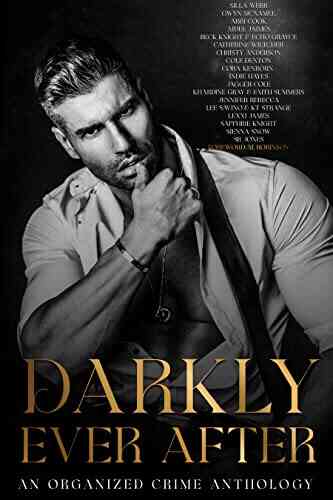
 Shannon SimmonsDiscover the Untold Stories of Darkness - Darkly Ever After: An Organized...
Shannon SimmonsDiscover the Untold Stories of Darkness - Darkly Ever After: An Organized...
 Theodore MitchellUnearthing the Historical Significance of Jerusalem: England's National...
Theodore MitchellUnearthing the Historical Significance of Jerusalem: England's National...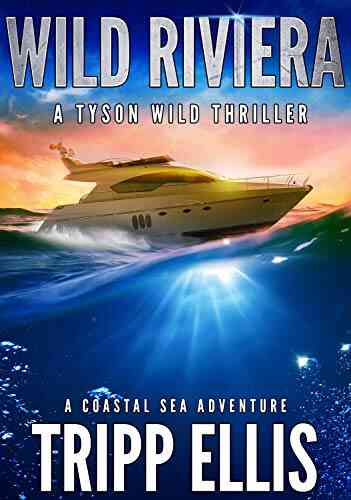
 E.M. ForsterThe Thrilling Coastal Sea Adventure with Tyson Wild: Unveiling the Secrets...
E.M. ForsterThe Thrilling Coastal Sea Adventure with Tyson Wild: Unveiling the Secrets...
 Kenzaburō ŌeThe Chilling Tale of Ana Key: A Serial Killer Horror Short Story That Will...
Kenzaburō ŌeThe Chilling Tale of Ana Key: A Serial Killer Horror Short Story That Will... Efrain PowellFollow ·11.6k
Efrain PowellFollow ·11.6k Cason CoxFollow ·18.1k
Cason CoxFollow ·18.1k Rick NelsonFollow ·2.8k
Rick NelsonFollow ·2.8k Harrison BlairFollow ·17.7k
Harrison BlairFollow ·17.7k Shawn ReedFollow ·9.2k
Shawn ReedFollow ·9.2k Bryson HayesFollow ·17.7k
Bryson HayesFollow ·17.7k Deacon BellFollow ·13k
Deacon BellFollow ·13k Christian CarterFollow ·12.3k
Christian CarterFollow ·12.3k

 Fletcher Mitchell
Fletcher MitchellPoems About Lovers, Family, Friends And Home -...
Poetry has always been a powerful...
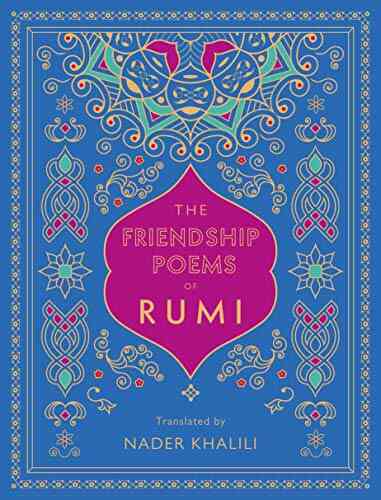
 Darius Cox
Darius CoxThe Friendship Poems Of Rumi: Discover the Timeless...
Friendship is a sacred bond that...
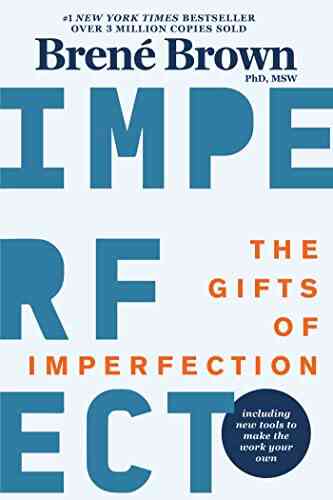
 Gordon Cox
Gordon CoxLet Go Of Who You Think You're Supposed To Be And Embrace...
Have you ever felt like you were living a...
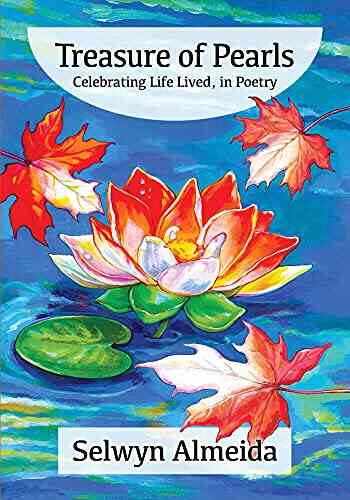
 Truman Capote
Truman CapoteTreasure Of Pearls Celebrating Life Lived In Poetry:...
Life is a wondrous journey, filled with...
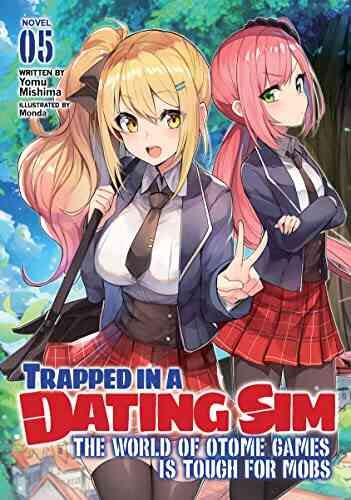
 Jaime Mitchell
Jaime MitchellThe World Of Otome Games Is Tough For Mobs: An Epic...
Welcome to the magnificent realm of...
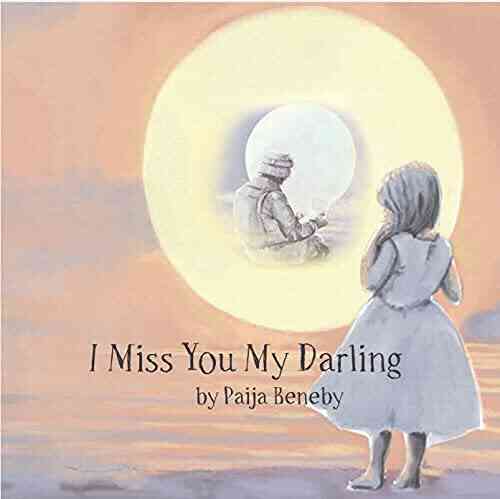
 Jules Verne
Jules VerneMiss You My Darling - The Powerful Emotions of Longing
Do you ever find yourself longing for...
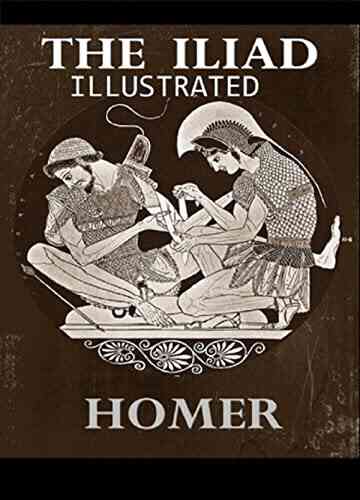
 F. Scott Fitzgerald
F. Scott FitzgeraldThe Iliad of Homer Illustrated Edition: A Timeless Epic...
The Iliad of Homer is a captivating tale...

 Gene Powell
Gene PowellWho Would Search For Pearls Must Dive Below
The Ultimate...

 Bret Mitchell
Bret MitchellHow To Create Animated And Professional Videos Using...
Apple Keynote is not just limited to...

 Caleb Long
Caleb LongThe Incredible World of Aromatic Herbs: Unveiling their...
Are you looking to add a burst of flavor...
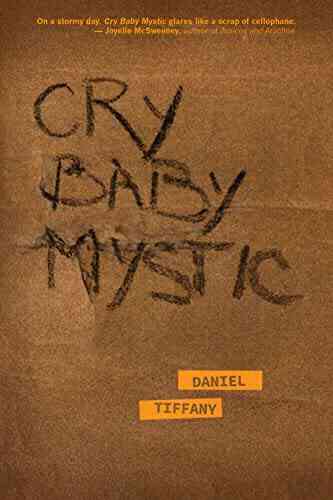
 Charlie Scott
Charlie ScottCry Baby Mystic Free Verse Editions: Embracing Emotions...
Poetry has long been a means of...
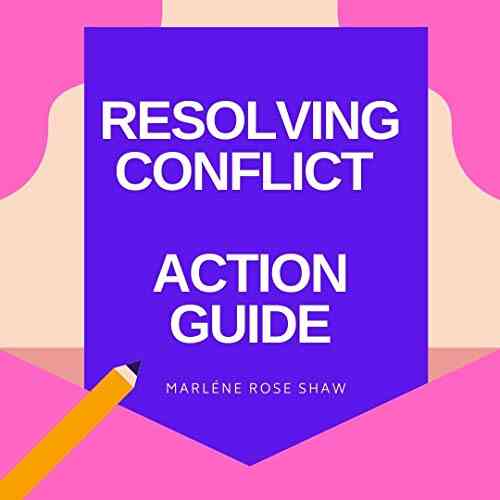
 Kendall Ward
Kendall WardThe Ultimate Action Guide For Resolving Conflict: Expert...
Conflict is an inevitable part...
4.8 out of 5
| Language | : | English |
| File size | : | 15453 KB |
| Text-to-Speech | : | Enabled |
| Screen Reader | : | Supported |
| Enhanced typesetting | : | Enabled |
| Word Wise | : | Enabled |
| Print length | : | 236 pages |





